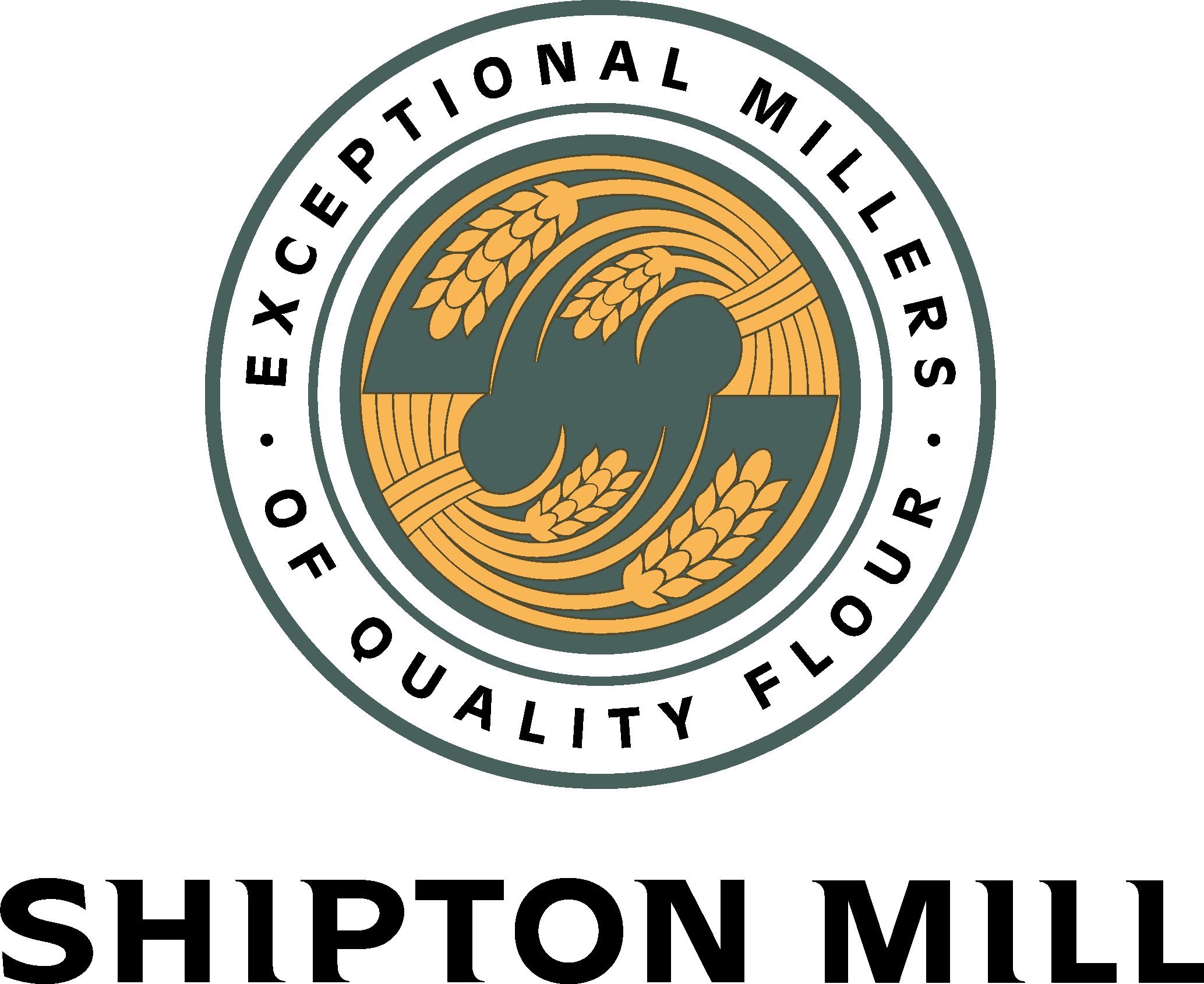SIMPLE PORRIDGE………
Do we really have to write about porridge? Seems to be the simplest dish really? There are many ways to make a porridge, a much maligned gruel, jokingly referred to as an English or a Scottish national dish. There are also different ingredients to a porridge. Classically it is made with oatmeal, but also with rolled oats and even with barley or a mix. In Eire, it is “stirabout” and made with wheatmeal in good times. The ancient Roman frumenty was a wheat gruel with various additions such as fruit or meat. It also compares to congee, a thinner porridge made from rice in China, much despised by those who`ve had to subsist on it for too long. Its art form in Bali and Thailand where black sticky rice is served as a porridge with coconut milk banana and palm sugar. As hominy, its made with corn meal in the southern US states, also maligned largely because this is nutrient deficient unless lye-treated corn is used (nixtamalised). This turned into Polenta in Italy, made with the new yellow corn meal, replacing the buckwheat, millet or chestnut dish of the past, but less gruel and more accompaniment to the main meal. This was a disaster because of the pellagra which follows subsistence on un treated corn meal.
Cereals in their many forms were and are still turned into the simplest possible dish…mixed with water seasoned with a good measure of salt and boiled, yes to form a gruel. What often preceded the cooking however, was pre-soaking. This serves to soften the grain and shortens the cooking time, making a much creamier porridge, especially when using Oats. It also makes nutritional sense in that the porridge is more digestible after the soaking, partly because the whole is softer, but also because the amount of Phytic acid is reduced. This is an anti-nutrient which not only binds the phosphorous in grains and legumes, but hinders the digestion or absorbtion of other minerals such as zinc and iron. Research shows that only a small amount of the phytic acid in oats is broken down by soaking. Cooking reduces it even further, but for those of you who are concerned about it, the old practice of making mixed meal porridges makes sense. Cereals such as barley and rye in particular, when soaked, produce the enzyme phytase which helps to deactivate the phytic acid. The historical admixture of barley with oats to make gruel is well documented and would appear to reduce the mineral-binding phytic acid in the oats.
To me , the main advantage about soaking the oats is that the porridge cooks more quickly, thus requiring less fuel/energy, but also the porridge is a much better eat. It is creamy and easily chewed as well as being more digestible, with increased flavour as though the flavour components have also been released by the soaking. The oatmeal can be easily soaked overnight and cooks quickly in the morning to a delicious and aromatic creaminess. In another way it pleases me to wake up to the soaked oats and continue on with a nourishing process I had started the night before, all anticipating the great porridge to follow.
(1)
1 cup organic pinhead oatmeal
3 cups water
Simply soak overnight in the saucepan.
Add a pinch of proper sea salt and bring to the boil while stirring to prevent the bottom from burning. Leave to simmer 15 minutes to an hour(for ultimate creaminess).
(2)
To reduce the phytate:
1 cup organic pinhead oats
1 tablespoon wholemeal wheat meal/ flour, or barley meal/ flour or rye meal/ flour.
Wholemeal Emmer is good to use here.
3 cups water
Proceed as above.




